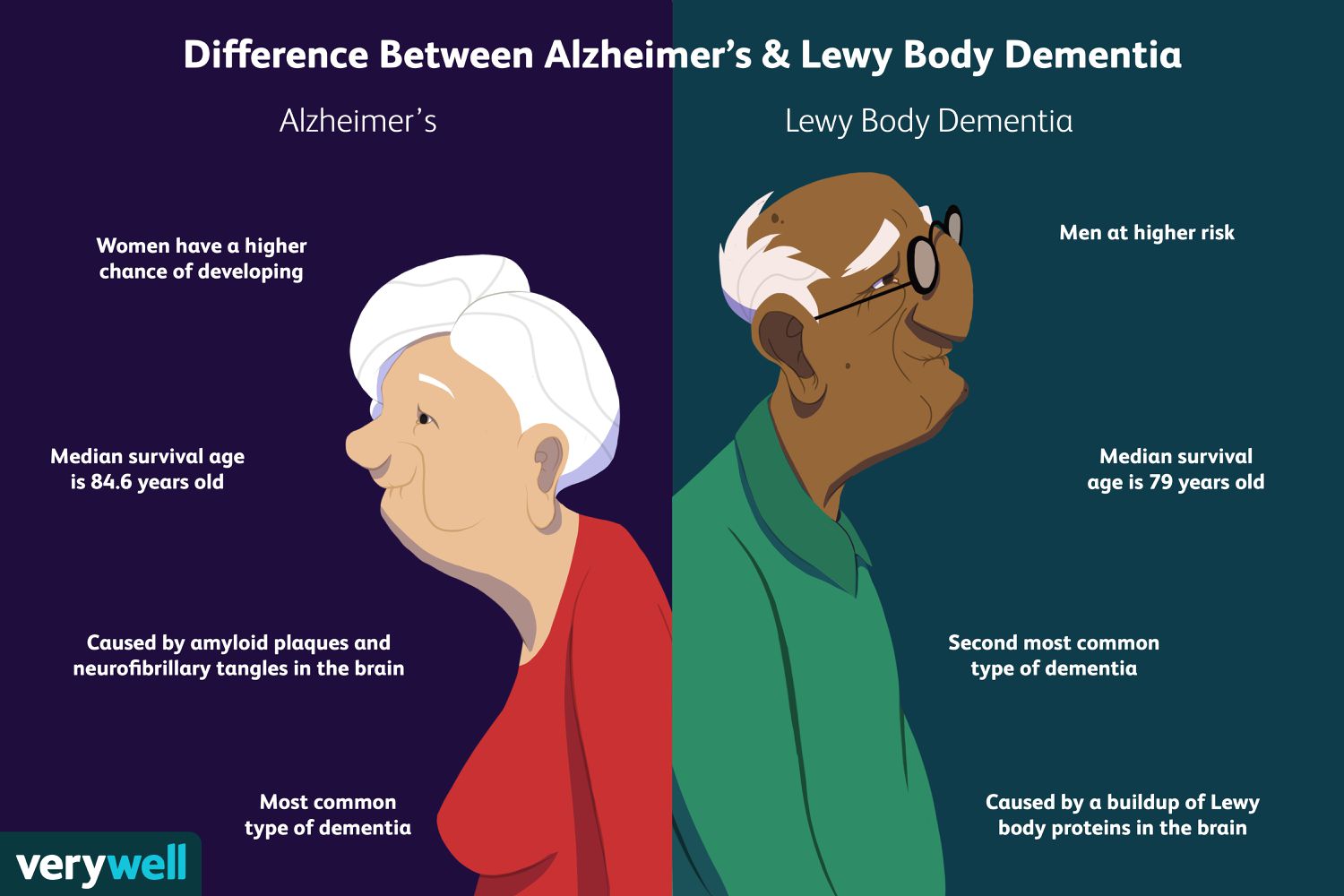News
Understanding the Difference: Lewy Body Dementia vs. Regular Dementia

Dementia is a term that encompasses a wide range of neurological conditions characterized by a decline in cognitive function severe enough to interfere with daily life. Among these conditions, Lewy Body Dementia (LBD) is one of the more complex and often misunderstood types. Understanding the distinctions between Lewy Body Dementia and other forms of dementia—commonly referred to as “regular dementia” in this context—can help caregivers, families, and individuals navigate the challenges posed by these disorders more effectively.
What is Dementia?
Dementia itself is not a specific disease, but a general term that describes a decline in cognitive abilities, including memory, reasoning, language, and problem-solving skills. It can arise from various underlying conditions, including Alzheimer’s disease, vascular dementia, frontotemporal dementia, and Lewy Body Dementia, among others. Each type is associated with distinct causes, symptoms, and progression patterns.
What is Lewy Body Dementia?
Lewy Body Dementia is characterized by the presence of abnormal protein deposits called Lewy bodies in the brain. These deposits disrupt normal brain functioning and are closely associated with a combination of cognitive decline, visual hallucinations, and motor symptoms similar to those found in Parkinson’s disease. LBD is considered the second most common type of degenerative dementia, yet it often goes unrecognized or misdiagnosed due to symptom overlap with other dementia types, particularly Alzheimer’s disease.
Key Differences Between Lewy Body Dementia and Other Forms of Dementia
1. Symptoms:
- Cognitive Fluctuations: One of the hallmark symptoms of Lewy Body Dementia is significant fluctuations in cognitive function. Individuals with LBD often experience periods of confusion or attentional shifts that can occur on a daily basis or even within hours. This is less common in other dementia types, such as Alzheimer’s, where cognitive decline typically progresses in a more linear manner.
- Visual Hallucinations: Patients with LBD frequently experience vivid visual hallucinations—seeing things that are not there. While hallucinations can occur in other forms of dementia, such as Alzheimer’s, they are generally more prominent and earlier in the course of LBD.
- Motor Symptoms: Individuals with Lewy Body Dementia often exhibit parkinsonian symptoms, such as rigidity, tremors, and difficulty with movement or balance. In contrast, regular dementia types, like Alzheimer’s disease, typically do not present these motor symptoms until later stages.
- REM Sleep Behavior Disorder: Many patients with LBD show signs of REM sleep behavior disorder, where they physically act out dreams, potentially leading to injury. This symptom is less recognized in other forms of dementia.
2. Progression:
- Lewy Body Dementia tends to progress in fits and starts, with the individual experiencing improvements followed by relapses. Other types of dementia, like Alzheimer’s, generally exhibit a more steady decline in cognitive abilities over time. Understanding these patterns can help families prepare for what to expect as their loved one’s condition progresses.
3. Response to Medications:
- Patients with LBD may have unique responses to medications. For instance, certain antipsychotic medications, which are often prescribed to address hallucinations or behavioral symptoms in other dementia types, can lead to severe side effects or worsening of symptoms in LBD patients. This necessitates careful management and consultation with healthcare professionals familiar with the nuances of LBD.
4. Diagnosis:
- Diagnosing Lewy Body Dementia can be intricate and requires looking out for specific symptoms, including the aforementioned cognitive fluctuations, hallucinations, and motor issues. Regular dementia diagnoses might focus on memory loss and other cognitive impairments without the associated motor symptoms. A thorough assessment by a neurologist or geriatrician is crucial for accurate diagnosis and timely intervention.
Conclusion
- Understanding the differences between Lewy Body Dementia and regular dementia is vital for families, caregivers, and healthcare providers. While both fall under the broad category of dementia, their symptoms, progression, and treatment considerations can vary significantly. By educating ourselves about these distinctions, we can foster greater awareness and support for individuals affected by these conditions, ultimately improving their quality of life and providing a clearer path for care.
If you or someone you know is experiencing cognitive changes or exhibiting any symptoms mentioned, it’s essential to consult a healthcare professional for an accurate diagnosis and appropriate support. Early intervention can make a significant difference in managing symptoms and enhancing the overall well-being of those affected.
